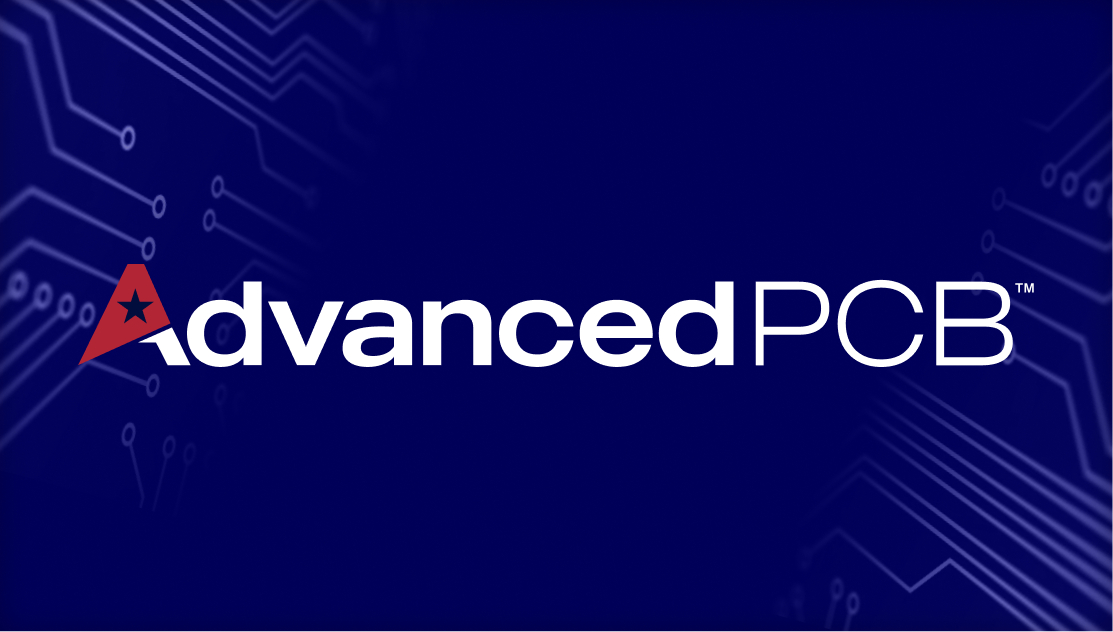Data Formats for Printed Circuit Board Production

.jpg)
Over the last few years there has been a shift in how engineers and PCB manufacturers share information for printed circuit board orders. The IPC is making a push for a single industry standard that will allow data to be seamlessly transferred and used throughout the production process. IPC-2851 is beginning to emerge as the modern format that is preferred by the industry over other alternatives. This past June, Ucamco, the owner of the Gerber format, recommended discontinuing the use of the Standard Gerber (RS-274-D) format that was developed in the 1960s. While other modern choices are available, such as ODB++, the issue is finding file formats that easily transfer data between CAD and CAM so that production can go smoother.
Reasons to Adopt a Standard Printed Circuit Board Data Format
It is important to designers and manufacturers to be able to easily communicate about the requirements of a specific printed circuit board project. Benefits of the industry adopting a singular standard for PCB files include:
- No data or instructions lost when converting formats
- Less consultation effort with customers (resource savings)
- More detailed data exchange between CAD and CAM
However, switching the entire PCB landscape over to one data format will not present a solution for all manufacturing and design difficulties Regardless of the format, the quality and efficiency of the PCB still depends on its layout. A poor layout will not be made better simply by having files in a new format. Additionally, time and resources will need to be spent on finding the optimal layout for PCBs to ensure the success of the application. For more information on PCB design and to submit your files for a free DFM (design for manufacturing) check, contact AdvancedPCB today.

AdvancedPCB
Related Posts

Future trends of the circuit board

2-Layer vs. 4-Layer Printed Circuit Boards
